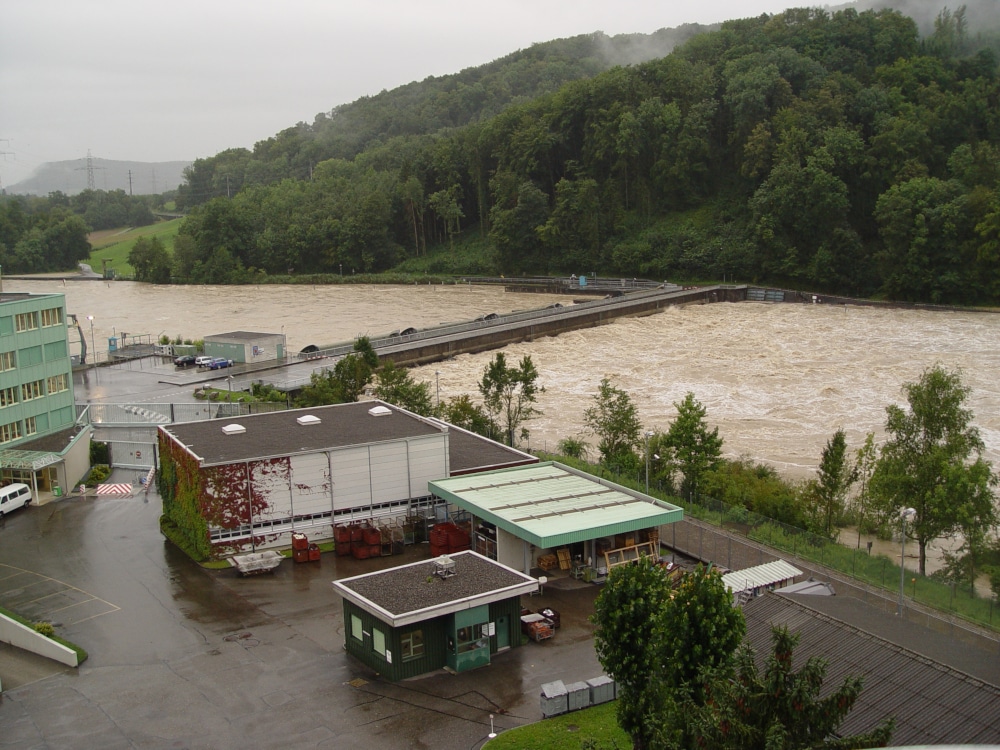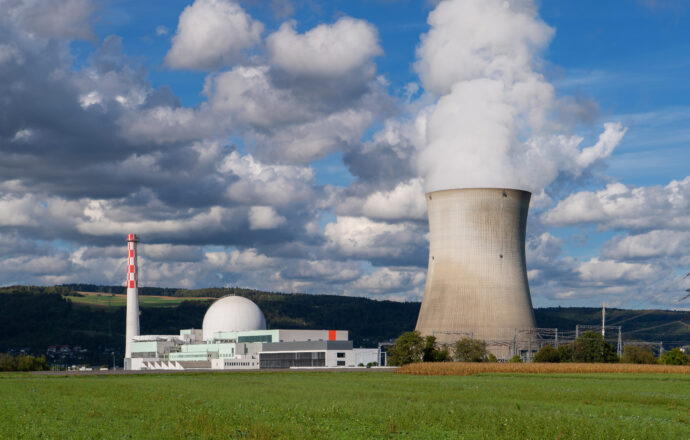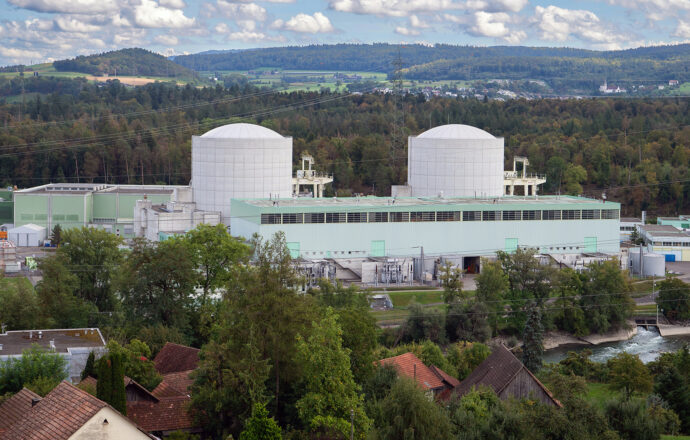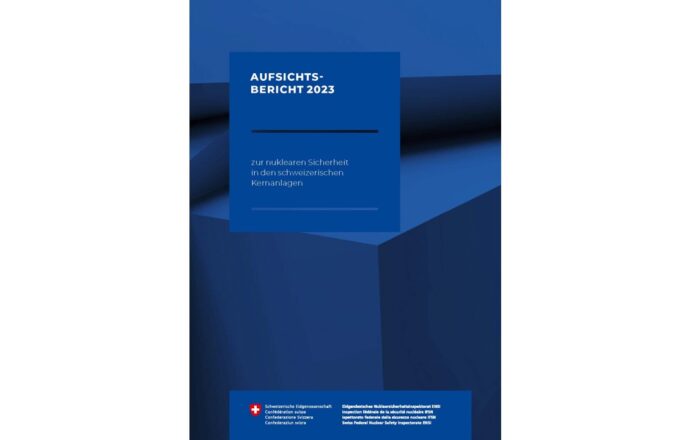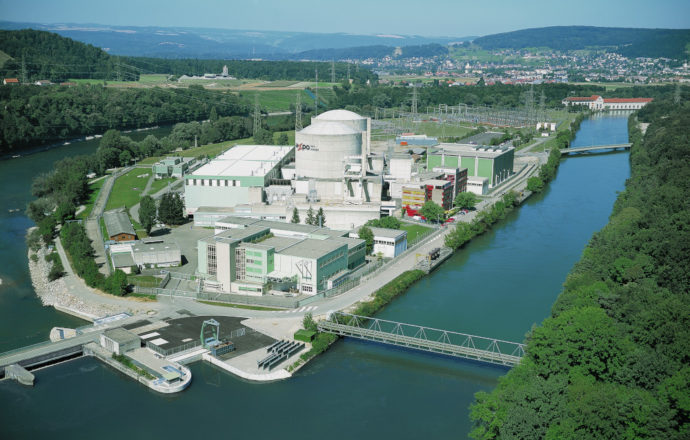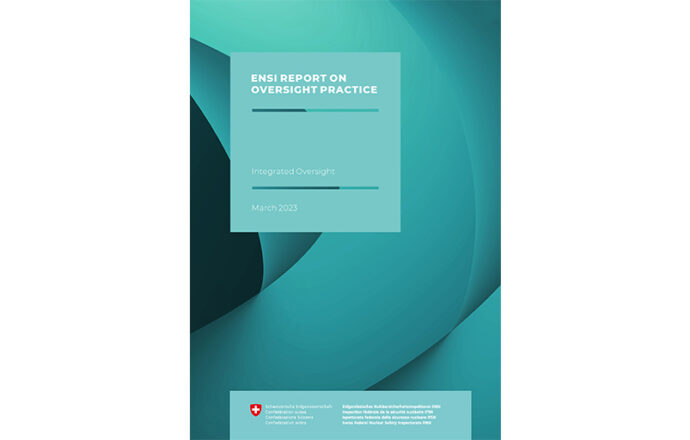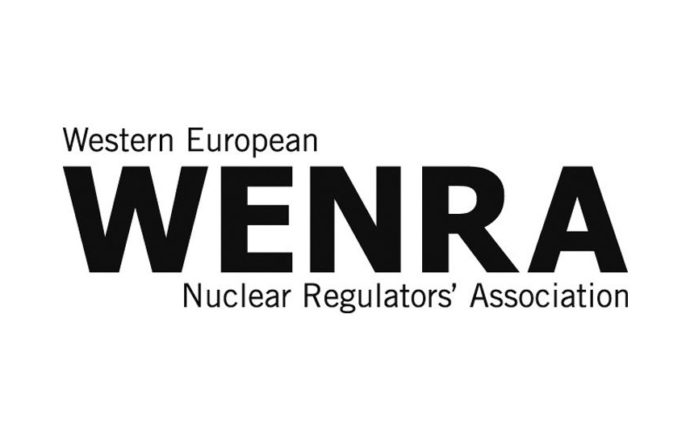Based on the EXAR study published in 2021, which examines the flood risk for the Aare River, ENSI requested nuclear installation operators to update their flood risk analyses by the end of 2022. As the EXAR study contained indications that morphological processes might play a more significant role than previously assumed, the operators also had to carry out analyses on bank erosion. This was particularly necessary because the EXAR study only conducted a general evaluation of possible morphological effects, with the evaluation being purely indicative. Detailed soil tests to determine the resistance to possible morphological effects and the preparation of safety verifications were not part of the EXAR baseline study, these had to be carried out by the operators.
All operators submitted their analyses on time. At the Paul Scherrer Institute (PSI), improvement measures based on the morphological effects were derived from the project. Furthermore, detailed measurements of the soil conditions and bank linings, along with a comparison of the resistance values with the modelled loads have shown that no safety-relevant buildings are endangered by erosion at the operational nuclear power plants (NPP) Beznau, Gösgen and Leibstadt, as well as the central interim storage facility ZZL and the decommissioned Mühleberg NPP.
The verifications of the individual nuclear installations and their assessments by ENSI are summarised for each installation below.
